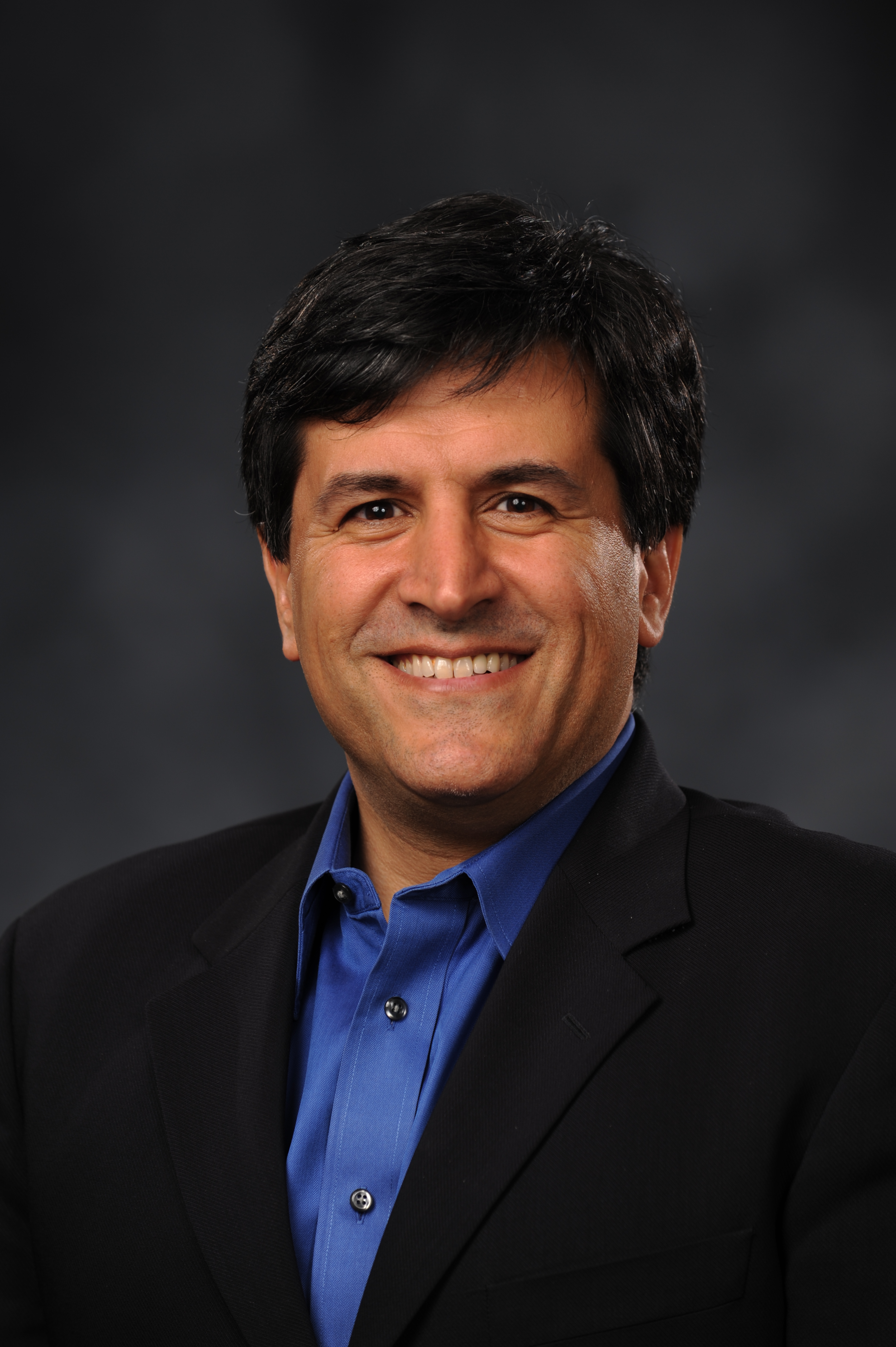Independa: Integration, affordability, and simplicity are key to smart home adoption
Kian Saneii, Founder & CEO, Independa, provided insight on several key industry trends ahead of Parks Associates’ 21st-annual CONNECTIONS™ Conference, which was held May 23-25 at the Hyatt Regency San Francisco Airport:
What does the industry need to do to speed up the slow growth of overall smart home adoption?
The industry needs three things to speed up the growth of overall smart home adoption: Integration, Affordability, and Simplicity.
Integration: Large consumer technology companies have a great opportunity to promote 
Affordability: Technology, particularly technologies, are always delivering more for less over time. Depending on the tech involved, this will work itself out, if it hasn’t already, and affordability will not be an issue over time.
Simplicity: We must develop technologies “with” and not just for the target audience. This is particularly important as it relates to older adults, or even baby boomers. This means smart home product developers work to create products that are designed for all; that are so simple any person of any age could use them.
Since Baby Boomers currently control 70% of all disposable income in the United States and stand to inherit another $15 trillion over the next 20 years, this is clearly a market that has the financial power to purchase goods. For connected devices to make sense to this demographic, not only must solutions offer clear and immediate value, but they must also be familiar, and effortless to use.
Instead of looking at how to retrofit newer products like smartphones for older generations, developers should look at upgrading well known, older devices, like the TV, to work with new technologies. Consider this: TVs were invented in 1927, only a couple years after the first people in the Silent Generation were born,and are still widely used by people of all ages today. With 99% of households owning at least one TV and adults over 18 spending an average of 4.5 hours watching TV each day, creating TV-based smart home technologies is a great way to increase adoption rates.
What is the biggest driver for the adoption of connected products and services?
It all comes down to one question: does this make my life better? And “better” can apply across a number of areas: Health, Safety, Comfort, Financial, even “Coolness”. Technology that helps overcome a disability, ailment or challenge can drive early adoption of connected products. Then again, so can key hi-tech selling points to new home buyers, driving top line growth in projects that are “future proofed” for at least a few years, becoming more attractive investments to buyers.
Large consumer technology companies have a great opportunity to promote ecosystems around their own, and ultimately others’ connected devices. Examples abound: Nest, Echo, Google Home, Apple’s Siri-based entrant, and ultimately these platforms will have a multiplier effect for connect products’ adoption by consumers.
Saneii spoke on the session “Smart Home and IoT for Connected Health” on Tuesday, May 23 at 9:45 a.m. Joining Saneii on the panel were speakers from Smart Monitor Corp. and Orbita, Inc.
For more information on CONNECTIONS™, visit www.connectionsus.com.
Next: Service Providers Slated to Bring the Smart Home to Europe
Previous: Insurance for the Smart Home: Mitigating Risk and Creating Revenue
Comments
-
Be the first to leave a comment.
Post a Comment
Have a comment? Login or create an account to start a discussion.


